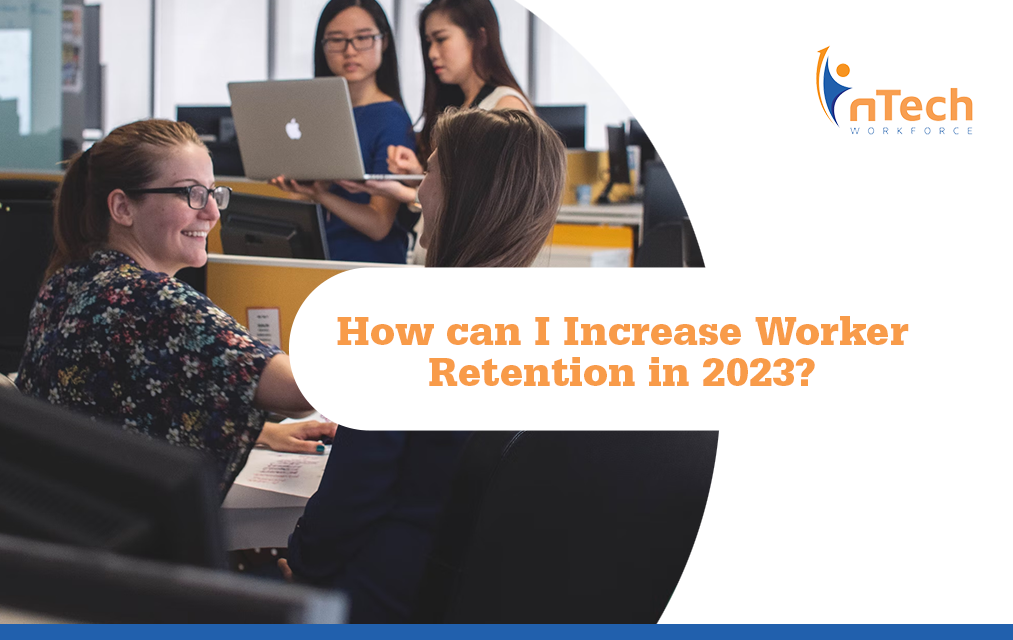Burnout is a common occurrence, and it can be detrimental to the growth of a company, not to mention its employees.
A recent survey from Slack found that employee burnout is on the rise, with 43% of middle managers feeling burnt out and another 70% of C-suite workers experiencing declining mental well-being.
As a result, managers are looking for ways of creating work environments that are more conducive to mental well-being while also providing ways to manage already existing burnout.
In this edition of nSider, Elisa Burgos-Ojeda, Learning and Development Manager at nTech Workforce, shares what burnout symptoms to look for, how managers can help mitigate workplace stress, and what stress management techniques encourage workplace productivity.
What Are Some Early Signs of Employee Burnout?
According to Mayo Clinic, Burnout is a type of workplace stress that results in emotional or physical exhaustion and may be compounded with reduced output and accomplishment and even a sense of loss of identity.
According to Burgos-Ojeda, the first sign to look for is “any type of change in a person that is noticeable and sustained.” Burgos-Ojeda highlights some signs to look out for:
- Decreased Productivity or Performance: You might first notice that the employee’s performance is slipping in things that you know are not due to lack of ability or knowledge because they’ve successfully done it before.
- Declining Attendance: Another sign could be that their attendance or punctuality has changed, maybe they’re affected in meetings, or their amount of participation has changed.
- Higher Sensitivity to Feedback: You might notice that in response to declining attendance or performance, they are also not as equipped to respond to or rebound from feedback around those issues.
- Exhaustion or Other Physical Symptoms: The person could present with lethargy in the office or may take more sick days. As we know, employee burnout can lead to serious deficits in health.
Burgos-Ojeda notes that any of these symptoms can be “indications that it’s a good time to check in and listen and try to ensure that support is being provided.”
What Are Some Rules or Guidelines Employers Can Provide to Combat Burnout?
Normalizing the conversation around employee burnout or being overwhelmed at work can be helpful for burnout prevention, and this should start with leaders.
Burgos-Ojeda recommends creating “a safe environment for discussing overall well-being, self-care, and mental health. At the same time promoting these conversations in diverse ways and settings to make them a common practice.”
"It's essential to have regular communications, like one-on-ones with the manager, that are based on a foundation of trust and rapport that is built over time," Burgos-Ojeda suggests.
Burnout is also increasingly affecting management and leadership. Therefore, “leaders should exemplify this behavior within their company by sharing their personal burnout experiences, identifying stressors, and discussing strategies that have aided them in the past," says Burgos-Ojeda.
Burgos-Ojeda emphasizes the importance of communication around workplace stress, and engaging in “open dialogue about workload and expectations” can be helpful, as well as providing company-wide resources.”
Resources for stress management can include “in-house training or support,” says Burgos-Ojeda, as well as any other resources on hand to help prevent and manage burnout, “such as encouraging employees to take advantage of Employee Assistance Programs (EAPs) and external training and support."
What Is the Importance of Taking a Systematic Approach to Address Burnout?
Evidence has shown time and again that addressing stress management in the workplace can have a major return on investment for workplace productivity and overall well-being for employees.
“There’s ROI for it if you want to make a business case that would lend itself to systematizing solutions,” says Burgos-Ojeda, especially considering the cost of replacing someone. “Recruiting and hiring someone new, if somebody has to leave the role, the cost of absenteeism or presenteeism, those things all lend themselves to the business case for making it a systematic approach.”
“Because burnout is such a personal and individual issue, thinking of it from a systematic point of view seems a little counterintuitive,” acknowledges Burgos-Ojeda, but “if you look at it from a holistic perspective, you are not supporting one isolated aspect” of one person but the greater cohesion and culture of the whole company.
nTech Workforce prioritizes building teams by practicing compassion, building trust, and cultivating community. Contact us today to learn how we can help meet your team goals.

.png?width=175&height=109&name=Primary%20Logo%20(Official).png)







-1.png?width=303&height=403&name=Job%20Seekers%20Mega%20Menu%20(1)-1.png)




%20(1).png?width=1620&height=986&name=Businesses%20Mega%20Menu%20(1)%20(1).png)



